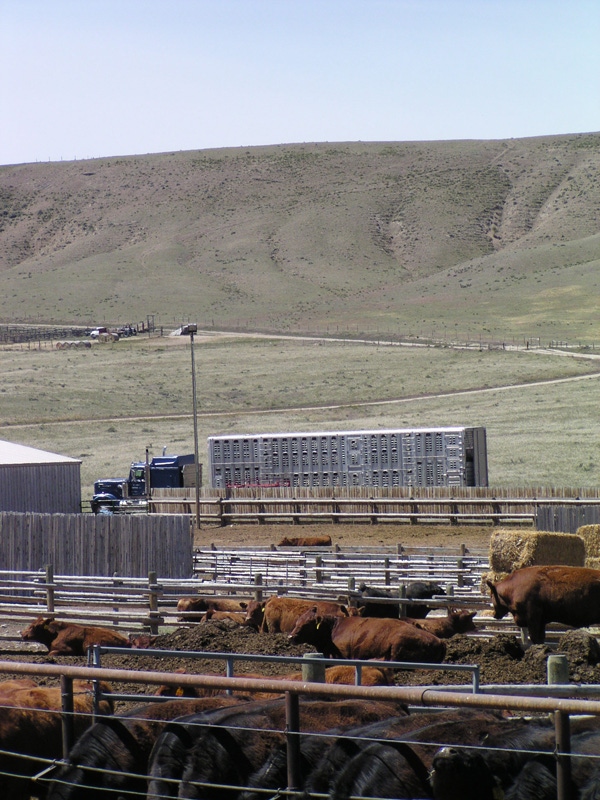Both higher U.S. cattle prices and the lingering drought in northern Mexico have supported exports to the U.S., but that could be changing.
August 20, 2012

Increased imports of Mexican cattle have supplemented dwindling U.S. feeder cattle supplies the past two years, according to Derrell Peel, Oklahoma State University Extension livestock marketing specialist.
In a mid-August edition of Cow-Calf Corner, Peel explains, “Mexican cattle imports increased 16% from 2010 to 2011, to 1.42 million head. This level is 29% above the average annual imports for the 10 years from 2001 to 2010 and was second only to the record 1995 level of 1.65 million head. From January through June of 2012, imports of Mexican cattle have totaled nearly 915,000 head, up 31% for the same period in 2011. At the current pace, annual imports could total nearly 2 million head, which would be well above any historical import level.”
Both higher U.S. cattle prices and the lingering drought in northern Mexico have supported exports to the U.S. But Peel says that’s changing.
“…In the cattle year to date (11 months) ending in July, exports of cattle from Chihuahua were down 32% from the same period a year earlier. Cattle exports originating in Chihuahua accounted for less than 20% of total exports over the period and was the smallest total number of head exported for a comparable period in data going back to 2000. The implication is that the drought has already significantly reduced available cattle supplies in Chihuahua. The large increase in exports to the U.S. so far in 2012 has been driven by large increases from several other Mexican states.
“It is unlikely that the current rate of cattle exports can be maintained for many more months. If the exports drop off soon, the 2012 total may be close to the 2011 level. The recent weakness in U.S. feeder prices and the possibility of an average or better rainy season in July and August may provide additional reason for slowing Mexican feeder exports for the remainder of the year. In any event, it appears that U.S. imports of Mexican cattle will decrease significantly in 2013 and likely for several years after,” he says.
Of course, supply is relative in nature.
USDA analysts explain in the August Livestock, Dairy and Poultry Outlook (LDPO) that feeder cattle supplies throughout 2012 have been the lowest since that particular data series began in 1995. Those supplies have averaged 3.37% less year-over-year for every quarter this year.
“While there is much discussion of a shortage of feeder cattle, cattle-feeding profits and packer margins near or below zero would seem to imply that the perception of a shortage is relative to total feeding and processing capacities rather than a confluence of supply and demand,” the LDPO analysts say. “Further, supplies of cattle on feed for more than 120 days this year are the highest July 1 supplies since records began in December 1995. Retail beef prices at or near record levels are not at levels high enough to support profits throughout the beef cattle market system.”
About the Author(s)
You May Also Like





